Stephen McConnachie is Head of Data and Digital Preservation and Charles Fairall is Clifford Shaw Head of Conservation, at the BFI
In the late 1950s magnetic videotape recording transformed the way television programmes were made, edited and broadcast. For a generation, the 2” Quadruplex format dominated the UK broadcast industry – the machinery was manufactured to military specifications and some 60 years on, it is still just possible to replay the jumbo-sized tapes. Extinction for 2” Quad came remarkably quickly, with production of the last machinery ceasing suddenly in the early 80s. A succession of smaller tape formats followed, each one providing more and more sophistication from less and less physical footprint; open reels were replaced by cassettes and analogue transitioned to digital.
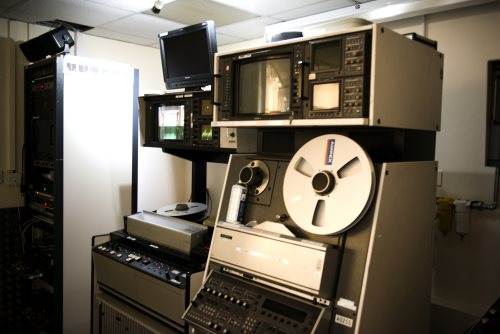
Manufacture of tape stock for the last professional videotape format, HDCAM SR suddenly ceased when the only factory capable of making the tapes was destroyed by a tsunami in Japan. Even the ubiquitous VHS format has disappeared from the shops, with the last machines being made last year. The entire videotape industry has been replaced by the proliferation of file-based capture,storage and distribution technologies. For consumers and professional users this revolution doubtless provides great opportunity – but for video archivists, whose precious collections are effectively stranded in the analogue domain, it has rapidly become a major problem.
In response to this pressing challenge, the BFI is leading a major collaborative project to digitise 100,000 works from videotape, covering not only collections within the BFI National Archive but also the UK’s regional and national film archives. With considerable stocks of legacy videotape know-how, machinery and spare parts amassed over decades and a purpose built digital preservation repository, this project follows the Britain on Film initiative, which saw the same archives digitise and preserve 10,000 films, and make them available on the BFI Player. Along with the obvious advantage for access, it is universally accepted that digitisation of content held within obsolete video carriers is the only practicable solution for long term preservation.
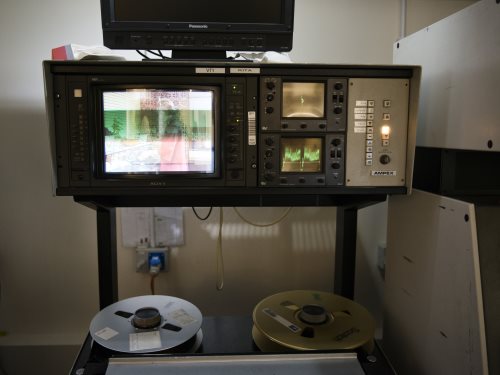
This task is urgent. Working playback machines are now precious devices in archives, lovingly cared for by highly skilled technicians, with expertise developed in the broadcast sector. The maintenance and repair of these players is vital to capturing the video content, with regular head cleaning and replacement essential as the magnetic tape sheds its material on the mechanisms, causing problems in the capture output.
It is not only the machines and video heads that are prized by archives. The skills required to achieve successful capture from the most difficult formats, and to keep the machines working, are increasingly rare and valuable, as highly-valued engineers reach retirement age. Engineers work very hard to train younger archivists, but decades of experience working in the videotape era is not straightforward to transfer.
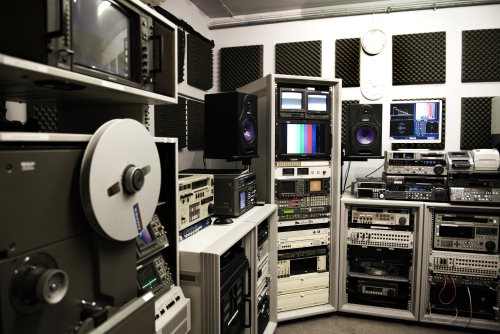
Given the multiple challenges of declining skills, limited commercial service provision and increasing rarity of equipment, the real-terms cost of videotape digitisation is high. But the scale of the challenge and a certainty that it will only ever get harder to achieve over time means a high volume approach is essential.
In this context, the BFI and the partner archives around the UK are taking action, with the ambition of saving 100,000 works from the UK’s significant collections by 2022. A framework of digitisation suppliers has been established, with a matrix of supported video formats; and capability in the BFI National Archive itself has been ramped up. The project has committed to the new open file format for digital preservation – FFV1 in Matroska – as the losslessly compressed preservation choice, and the BFI hosted the third No Time To Wait symposium at BFI Southbank in October 2018, to support the open formats community and to learn more about FFMPEG for transcoding and frameMD5 creation, MediaConch for compliance checking, and many other open source tools and approaches.
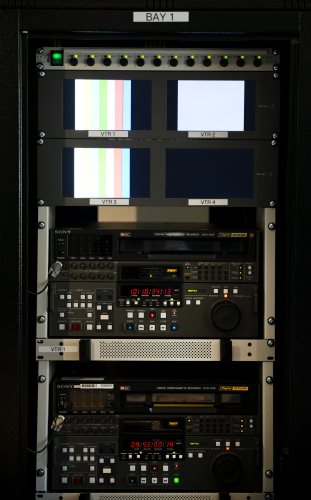
The first stage in the project is a collection-level audit, by all participating archives, to survey the landscape of videotape collections across the UK. We know there are more than 1 million unique works on videotape in these archives, so a robust selection methodology will be essential, to identify the highest priority works to digitise. This will be based on mutually agreed significance criteria for the video content, and assessment will be undertaken by a panel of experts in television and non-broadcast video. Selected collections will be fed into the distributed digitisation factory, which will eventually feed the digital preservation repository in the BFI National Archive.
This is fundamentally a preservation project, but we also aim to provide access to substantial numbers of digitised works, and we are working on the best methods to achieve that access in the medium term. However, the main driving force is rescuing the richest content from videotape carriers, at the highest volume possible, and preserving it according to best practice, for long term access by generations to come.
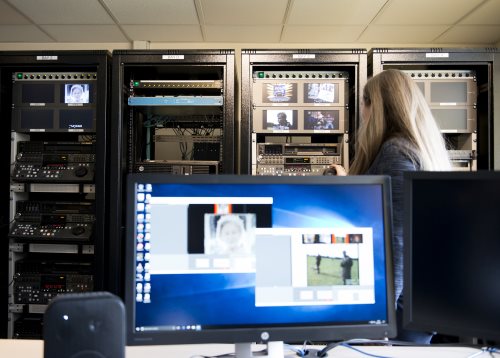
Photo credits: Rich Hardcastle

Read more...